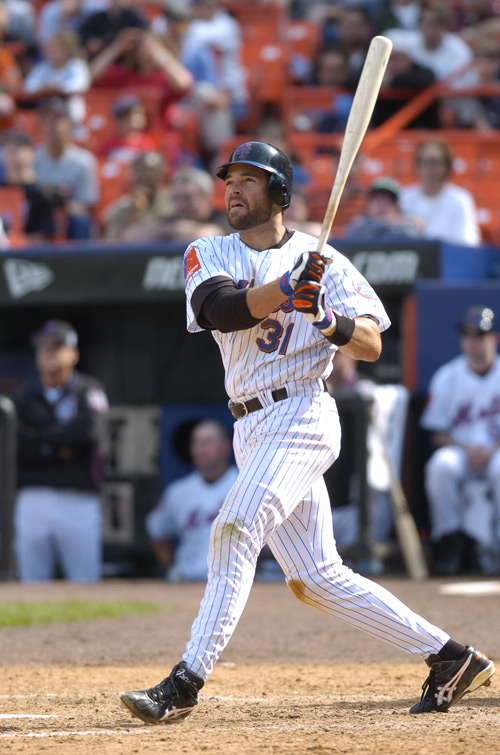Receiving 62.2 percent of the vote, former New York Mets’ catcher and Brooklyn diocesan hero Mike Piazza fell short Jan. 8 of the 75.0 percent threshold necessary for election into the Baseball Hall of Fame at Cooperstown, N.Y.
This was Piazza’s second year on the ballot, and though his percentage increased, baseball fans everywhere – including myself – are once again perplexed that Piazza did not receive the call.
After selecting no one in 2013, the Baseball Writers Association of America (BBWAA) elected three players this year: long-time Atlanta Braves’ pitchers Greg Maddux and Tom Glavine and slugging Chicago White Sox star Frank Thomas.

It was tough to believe that Piazza was not elected last year, so this time around comes as even more of a surprise to me.
It seems that Piazza’s connection to baseball’s infamous “Steroid Era” of the mid-1990s to early 2000s is what’s holding him back. Many star players from that era, including Barry Bonds, Roger Clemens, Mark McGwire, Sammy Sosa and Rafael Palmeiro, have yet to be – and may never be – enshrined in Cooperstown, despite their record-breaking numbers.
With the above players however, the evidence strongly points to the use of illegal performance-enhancing drugs, whether through an admission of guilt, a positive test or enough tangible proof to draw an educated conclusion.
Piazza never tested positive for any steroids, but in his book “Long Shot” released last February, he did admit to using legal-at-the-time performance-enhancing substances. Theses substances could be purchased over the counter and were not included in MLB’s extremely lax drug prevention program.
So if the substances were legal and Piazza never submitted a positive test, how could these BBWAA writers still not justify voting for the greatest hitting catcher of all-time?
It’s important to note that Frank Thomas also played during this so-called Steroid Era. One could look at Thomas and easily think he could have taken steroids in his career, but instead he is just a huge physical specimen of a man, standing at six-feet, four inches and 240 pounds.
Thomas was never linked to steroids in his career and has been an adamant spokesman against the pervasive use of steroids in baseball. But if the writers choose not to vote any players from the Steroid Era into the Hall of Fame, how could they justify only voting for Thomas?
Assuming Piazza is clean of any illegal substance abuse, let’s take a look at Thomas’ and Piazza’s career statistics side-by-side.
In 19 seasons, Thomas put up the following numbers: 2,322 games played, 8,199 at-bats, .301 batting average, 2,468 hits, 521 home runs, 1,701 RBI, 495 doubles, .419 on-base percentage, .555 slugging percentage and 4,550 total bases. He was a two-time American League M.V.P. (1993, 1994), a four-time Silver Slugger Award winner and a five-time All-Star.
Here are Piazza’s numbers in his 16-year career: 1,912 games played, 6,911 at-bats, .308 batting average, 2,127 hits, 427 home runs, 1,335 RBI, 344 doubles, .377 on-base percentage, .545 slugging percentage and 3,768 total bases. He was the National League Rookie of the Year in 1993, won 10 Silver Slugger Awards and was a 12-time All-Star.
Instead of analyzing each individual stat category, here is my simplest takeaway: If Piazza was an everyday first baseman or designated hitter – like Frank Thomas – his numbers would be easily just as good if not better than Thomas’ stats.
Just think of the wear and tear Piazza’s body took on a daily basis, from squatting nine innings behind the plate to getting hit constantly with foul tips. Meanwhile, toward the latter part of his career, Thomas was primarily a designated hitter, so he’d have two or three innings to rest between at-bats.
Don’t get me wrong: Frank Thomas, in my opinion, is a first-ballot Hall of Famer.
But if that’s the case, Piazza – a player with similar numbers in a similar era – should have also been a first-ballot Hall of Famer.
Well, I guess we just have to hope that the third time’s the charm for Piazza in next year’s election.
